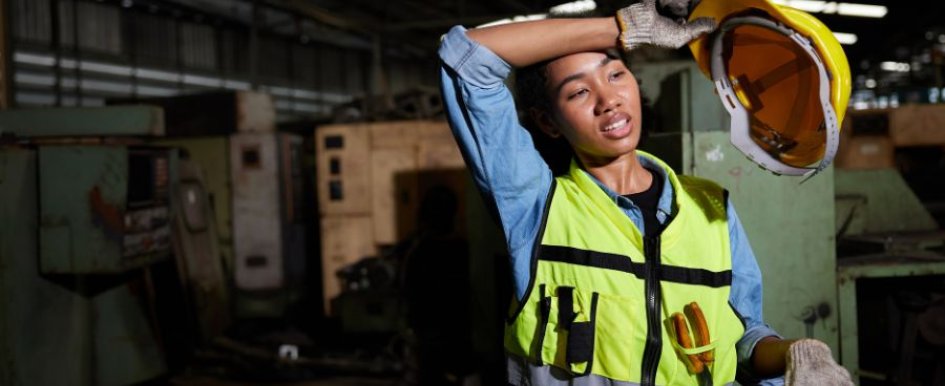
The Impact of Weather on Outdoor Construction Work
Working in the construction industry means working outdoors, which means weather conditions are a critical factor in your employees' work environment. Outdoor workers are exposed to many types of hazards depending on their type of work, geographic region, season and duration of time they are outside.
Common Weather Hazards for Outdoor Workers
Weather hazards to outdoor workers may include extreme heat, extreme cold, lightning, and ultraviolet (UV) radiation. Extreme heat can result in a heat stroke, heat cramps, heat exhaustion and a heat rash. Extreme cold can cause hypothermia and frostbite. Lightning, of course, is a serious threat to outdoor construction workers, and UV radiation is associated with sunburn and skin cancer.
If you employ outdoor workers, now is a good time to review your company policies regarding the protection of those workers from the elements.
What Does OSHA Say About Weather Hazards?
The Occupational Safety and Health Act has no specific regulations addressing employer responsibility for weather-related hazards. However, the Personal Protective Equipment (PPE) rule does state that employers must provide both protective equipment and employee training to workers if they work under certain conditions considered environmental hazards. PPE can include clothing that protects the eyes, face, head, and extremities of an employee, as well as protective shields and barriers.
At least one OSHA Standard Interpretation of PPE specifically requires employers to protect their employees from overexposure to ultraviolet (UV) rays from the sun. OSHA is far less specific on what constitutes overexposure, as sun exposure is not easily measured. An OSHA visit for noncompliance in this area is, therefore, very unlikely. What is of greater concern is the cost associated with illness, absence and treatment for employees who fall victim to weather-related hazards.
Practical Steps for Construction Safety Protocols
You can begin to protect your company from situations like those described above by adhering to the following suggestions:
- Learn the signs and symptoms of weather-related illnesses and injuries and what to do to help workers.
- Train workers about weather-related illnesses and injuries.
- Encourage workers to wear proper clothing and PPE for the expected weather conditions. For cold, wet and windy conditions, layering clothing is often recommended. For heat, protective eyewear-such as UV-resistant sunglasses-and hats with wide brims are recommended, as are lightweight long-sleeved shirts to protect against skin cancer factors. Additionally, a sunblock of at least 15 SPF should be worn by all outdoor employees and applied at the beginning of each shift and at the shift's midpoint. Provide training on use of these PPE.
- Be sure workers in extreme conditions take frequent short breaks in the shade if it's hot or in a warm shelter if it is cold.
- Try to schedule work for the warmest part of the day in cold weather and the coolest part of the day in hot weather.
Review and revise your current policy now, and protect your workers from weather-related incidents on your construction sites.
Construction Business Owner, October 2010
For more updated information on weather-related safety, please see the following articles:
Don’t Get Sidetracked: Prepare Your Jobsites for Severe Weather
Feeling the Force of Severe Storms & Heat Waves
